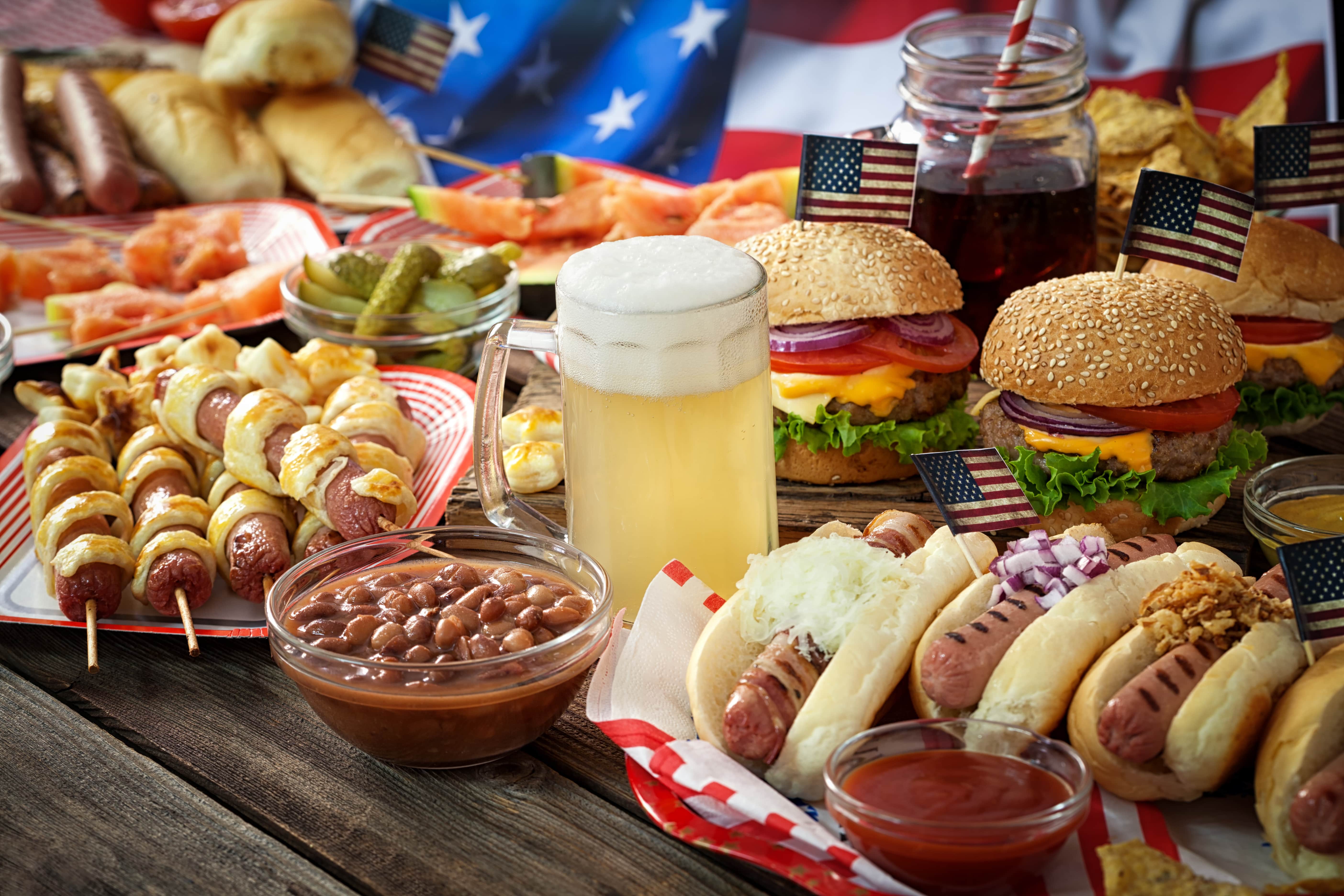COVID-19 Market Report - North America
Border Restrictions
US: There is an entry ban for non-US nationals who have traveled from most European countries during the last 14 days, for 30 days starting March 13, for which the ban was later extended to include the UK and Ireland. China and Iran are also subject to this ban. The border with Canada is closed to non-essential travel. The US-Mexican border has also been closed to non-essential travel since March 20 with the transfer of goods including agricultural products not affected.
Canada: All non-Canadian nationals are banned from entry except for permanent residents. The border with the US is closed to non-essential travel, until further notice. Trade will not be affected and temporary foreign workers in Canada’s agriculture industry are still allowed to cross the border.
These bans do not apply to those who have to cross the border for employment or urgent travel.
Logistics
International
Land Freight: Truck drivers on both sides of the US-Canada border are allowed to cross.
Ocean Freight: US West Coast exporters are continuing to experience shortages and delays in receiving empty shipping containers from China, and container volumes have decreased by 25.2% in California’s three largest ports in February compared to 2019. As China starts to resume shipments, there are new problems caused by a shortage of staff to unload containers at North American ports. On the East Coast and the Gulf of Mexico, there are enough containers but there are difficulties in exporting and importing commodities until production in China goes back to normal.
While US importers have not seen a delay yet for shipments from Europe, as most shipments are currently in transit, they expect more delays to occur as more European countries are going into lockdown, resulting in reduced manpower at ports.

Shipping costs have increased for US Midwestern grain producers looking to move products to ports to export internationally, as a result of increasing inland trucking rates.
Air Freight: In Canada, international flights will only be permitted to land in Montreal, Toronto, Calgary, Vancouver. Trade is estimated to decrease, as up to 80% of air freights on the transatlantic are expected to decline following the European travel ban.
Domestic
Land Freight: US inland trucking freight rates for trucking agricultural commodities are increasing across the American Midwest as demand surges in the retail and grocery sector. There is also a decrease in the availability of workers as truck drivers are advised to stay at home. There is enough food inventory in warehouses.
Regulations
The FDA has suspended most foreign inspections and routine domestic facility inspections to encourage production. Normal inspections continue.
Influences on Exports & Imports
Grains:Wheat,rice, and soybean prices have been rising since mid-March while oat prices fluctuate amid coronavirus uncertainties. This is as investors look for less volatile assets, recognizing the increased demand for food staples, especially wheat-by products such as pasta and bread. Prices of wheat rose at the end of March after dropping slightly, following a proposal by Russia to limit the export of grains.
Meats: US beef, pork, and chicken exporters are seeing demand from China increase to normal levels, but suppliers are expecting a 2-4 week delay and canceled shipments as port logistics situations across the world are changing frequently.
Seafood: The seafood industry has been hit hard due to limited shipping to China, other Asian countries, and Europe. Prices have fallen below USD 7 per pound from as high as USD 12 per pound. Exporters are actively searching for new markets. Lobster manufacturers in Nova Scotia (Canada) and Maine (US) have even considered temporarily suspending fishing.

Domestic Supply & Demand
Prices remain relatively stable even though customers have been stockpiling non-perishable food items. There have been decreases in food product demand from the foodservice industry as restaurants have seen a decline in customers.
The government and grocery stores have assured there are enough food products. Major US wholesaler and meat distributor United Natural Foods has assured there is enough food to go around. The National Chicken Council also ensures there is an ample surplus of chicken supplies of more than 950 million pounds. Some manufacturers who typically supply schools and restaurants are shifting to supplying the retail sector and grocery stores.
Pasta/Bread/Rice/Canned Goods: Demand for pasta and canned goods have increased tremendously as customers are buying products with longer shelf life. Sales of rice increased more than 50%, and pasta more than 20% from mid-January to early March. Major grocery chains such as Walmart, Costco, and Trader Joe’s are seeing a rapid increase in demand and supermarkets have been emptied of these items.
Vegetables: There has been an increase in US bean consumption of almost 50% from mid-January to early March.

Poultry/Beef/Pork: Customers have been stocking up on protein goods. Canned meat demand has risen more than 40% in early to mid-March. The demand increase in grocery stores and the retail sector has offset losses of customers in restaurants and the foodservice industry.
Eggs: Eggs sales in the US increased by 44% in mid-March compared to 2019. Wholesale prices of eggs have increased by 180% since the start of March and grocery stores in New York have reported a 14% increase in consumer prices.
Seafood: Demand for value-added Canadian seafood such as smoked salmon is decreasing as there are no tourists to purchase these normally popular items. This is expected to continue as Canada has banned large cruise ships from docking in its ports until July.
Click this link to go to the main page of COVID-19 Reports



